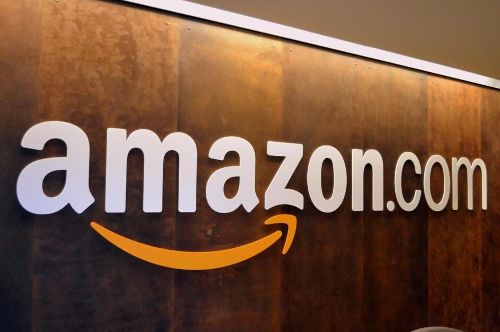Companies are always interested in generation gaps. They study the difference of opinions, the varying preferences and the divergent methods of communication, in order to better understand how generations differ. Organizations use this information about preferred modes of communication, which ads they best respond to, how socially conscious they are, etc. to better engage with their donors.
This information is vital, because the differences between a Millennial (1983-1997) or a Gen X (1965-1982) or a Baby Boomer (1946-1964) are significant! Companies need to know how to cater to each generation to maximize their retention. A great example of the generation gap is Amazon’s recent placing in a customer service review.
Overall, consumers recently voted L.L. Bean the best in customer service, but if you ask a Millennial, he or she will most likely disagree. Prosper’s Customer Service Champions ranking has revealed a significant gap between two of the most divergent generations, Millennials and Boomers. The study shows that when it comes to the retailers the two generations value different aspects of commerce when assessing customer service.
So how did the two differ exactly?
Let’s look at the overall Millennials’ choices. This generation voted for the online retailer Amazon as the Customer Service Champion. Victoria’s Secret, Best Buy, Nordstrom and Macy all followed. It is no surprise that Amazon won the hearts of the tech-savvy Millenials, as it is an online leader and go-to search engine for many. The company also has its “Amazon Prime membership program” which is mostly comprised of younger customers (almost two out of five members are under 35 years old!) These features, and many others that makes shopping so easy, made Amazon a company geared for customer satisfaction among the younger generation.
What’s more? The other winners for Millenials in this survey are all characterized by strong omnichannel initiatives, a critical factor for the younger generation’s digital focus. Though Victoria’s Secret maintains a strong presence through its brick-and-mortar shops and catalogs, it has also successfully extended its experience to online and mobile capacities. Best Buy, which ranked third for Millenials on the customer service excellence survey, has recently made a great effort to combat showrooming (the practice of visiting a store or stores in order to examine a product before buying it online at a lower price) within the electronics category, a common activity amongst younger shoppers, and have worked to boost its service and price matching capabilities across all of its channels.
The two companies that overlap in both the Millennials’ and Boomers’ top five Champions are Nordstrom and Amazon. The Boomers’ top choices were L.L.Bean, Amazon, Kohl’s, JC Penny, and Nordstrom. While companies like Nordstrom and L.L.Bean simply offer their shoppers an exceptional customer service experience, firms like Kohl’s and JC Penney extend deep discounts on recognized brands that excite Boomer shoppers. The fact that Amazon ranked second for Baby Boomers perhaps illustrates the evolving shopping habits among the generation and a growing acceptance of the online shopping experience.
So do the selections made by Millennials’, the biggest spenders of tomorrow, demonstrate where retailers (and therefore donors as well) are headed? While the Millennial generation ages and increase their spending power, it stands to reason that the tech-savvy organizations will prosper in the long run. That said, Millennials’ are notorious for short lived brand loyalty, and with our ever-changing digital landscape continuing to evolve, there is always room for guessing!
What won’t change; however, is the ability to understand and mirror some of Amazon’s efforts in order to successfully capture younger donors. By studying the giant, you may be able to incorporate some great ideas that can translate to better donor relationships.





